To represent different ideas and concepts, people from the Egyptian civilizations made use of symbols. Most of these signs are related to Gods and are used to decorate many temples located in Egypt. If you are curious to know what these symbols are and want to know their meanings, you have arrived at the right platform.
Egyptian symbols have affected life in old Egypt, a combination of the profound and physical aspects that turned into the establishment of their way of life that displayed imaginative design, amulets, and many other things that we’re accustomed to bringing favorable luck and security.
These old Egyptian Signs assumed a crucial part in passing the way of life starting with one age then onto the next, as they were composed on pillars of temples and utilized in supernatural and strict customs for both the living and the dead. Let us have a look at some of these signs and try to understand their meaning as well.
1. Eye of Horus:
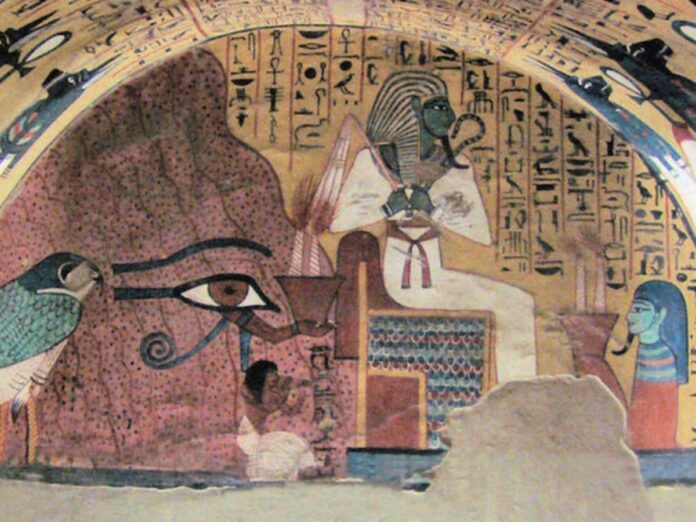
Also called the Eye of Ra, this sign represents protection against evils, animals, and health problems. It additionally addresses conciliatory and healing characteristics. The old Egyptians dominated the business, as it was made of gold and incorporated the type of the god Ra. If you want to take a tour of Egypt to understand its culture, consider checking out pyramidsland.com.
The accessory was put for Pharaoh’s mummy, imagining it may secure him in the burial place. Interestingly, Horus’ eye was utilized as a magical spell when Horus employed her to reestablish life to his dad Osiris, and afterward spread broadly and turned out to be exceptionally well known in antiquated Egypt.
2. The Ankh:

Another ubiquitous sign used by the Egyptians is “The Ankh,” which is known to represent the word “life.” Her life includes the earth, the morning sun, and heaven. You will come across this symbol usually in the decoration pieces, writing, and art. It is generally used for a person who wishes to live a good life. Even the neighboring cultures have adapted this sign in many different ways.
The Ankh is viewed as an old Egyptian sign for Protection, Life, Faith, Energy, Light, Transformation, and Fertility. It can likewise allude to the ideas and images of a sexual relationship between the two genders and fertility because of its association with the goddess Isis. This sign is the most transparent and basic illustration of the ancient Egyptian comprehension of everlasting status, future life, propagation, and in general, the idea of the pattern of life.
3. The Scarab:
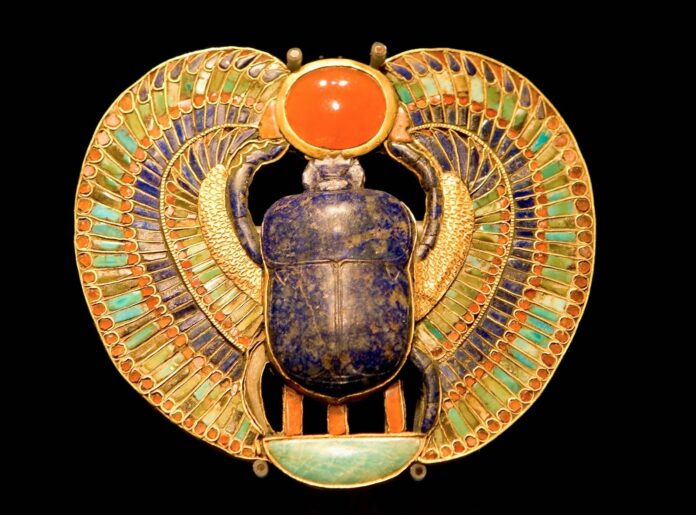
The scarab is the renowned insect picture found in Egyptian craftsmanship and iconography which addresses the Scarabaeus sacer, a type of the dung beetle. The excrement insect was related with the divine beings since it folded manure into a ball in which it laid its eggs; the compost filled in as nourishment for the youthful when they incubated. Along these lines, it means life is derived from death.
They were firmly related to the god Khepri who was thought to move the sun in the sky, guard it in its movements through the hidden world, and push it up into the sunrise the following day. When Ra turned into the pre-prominent sun god, Khepri proceeded in this job as an assistant. Scarabs became famous ornaments during the First Intermediate Period, and they continued to be recognized for a long time in Egypt.
4. Pilar Djed:
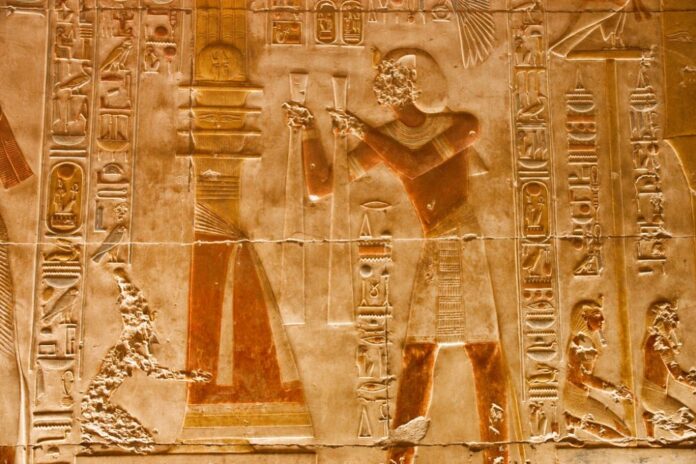
The Pilar Djed is one of the oldest signs in Egyptian folklore. It represents stability and strength and is identified with the maker god Osiris and Ptah, the divine force of death. Due to its relationship with the god Osiris this sign is otherwise called the backbone or the foundation of Osiris.
The Egyptians regularly made ornaments looking like the mark of Pilar Djed. These were for both the dead and the living; they were put close to the spine in every case. It was additionally common to improve the lower part of the caskets with an etching following the structure of the Pilar Djed, focused in a similar space where the spine of the expired would be put.
5. Sesen:
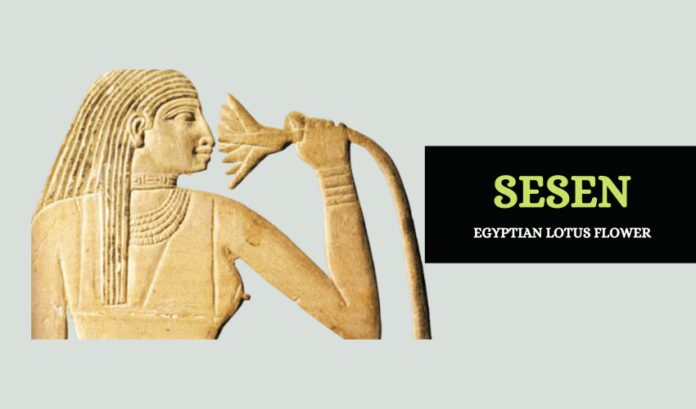
Sesen is the delightful lotus blossom regularly portrayed in Egyptian craftsmen ships. It represents creation, life, and resurrection and traces back to the Early Dynastic Period. The flower shuts everything down at night, sinking beneath the water as it rests, and afterward returns at dawn. Along these lines, it has been related to the sun, resurrection, and life itself.
It was frequently painted on canopic containers alongside the Four Sons of Horus, just as sanctuaries, ornaments, and holy places. It is often called Upper Egypt’s image, while the papyrus plant is related to Lower Egypt.
6. Ka symbol:
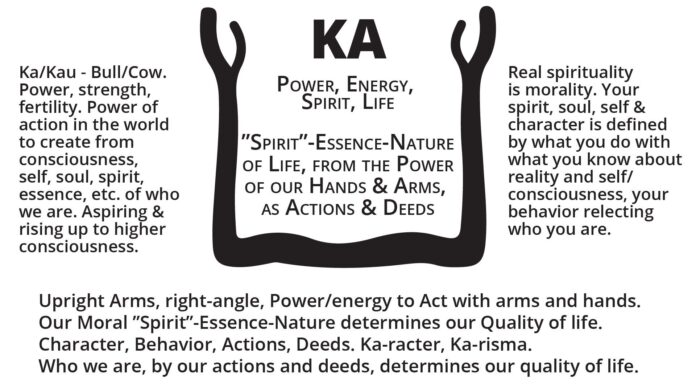
Ka symbol addresses the course of reception of life. It likewise represents the everyday routine power of otherworldly power that experienced inside the body of an individual and endures death Ka (partner) or the apparition, a material soul brought into the world with man, has been made of light material that isn’t seen, such air, and be as its proprietor, any picture precisely indistinguishable from him.
The partner of the kid was a kid and the older individual of the older individual. After his death, Ka joined the body until Ba returned, and Ka and Ba joined to assist the dead individual with returning to life once more.
7. Menat:
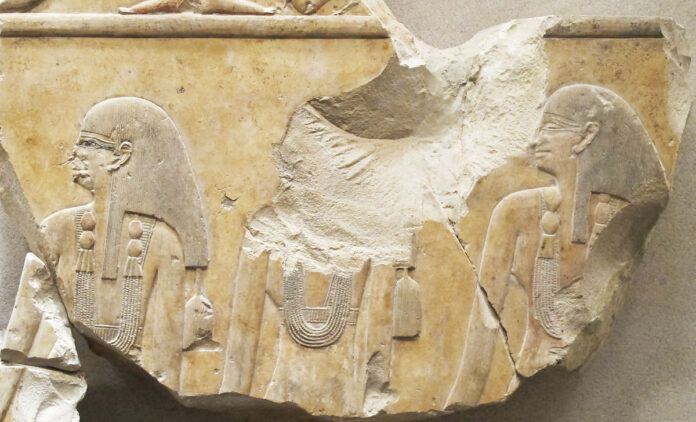
The Menat was jewelry from Egypt with a trademark shape and a stabilizer to keep it right. This neckband was related to the goddess Hathor and her child Ihy. As per Egyptian folklore, it was the unique necklace from which the goddess Hathor radiated her power. A significant number of her portrayals tend to be deciphered as an image of birth, life, fertility, and renewal.
To Sum Up
There are many Egyptian symbols that you might not be aware of. Studying different cultures is a hobby for many. Most of these signs were created on the temples and in the art. These signs usually represent the Gods of Egypt.






